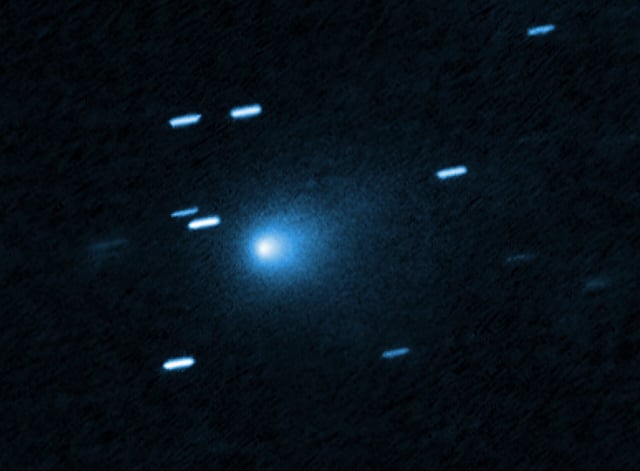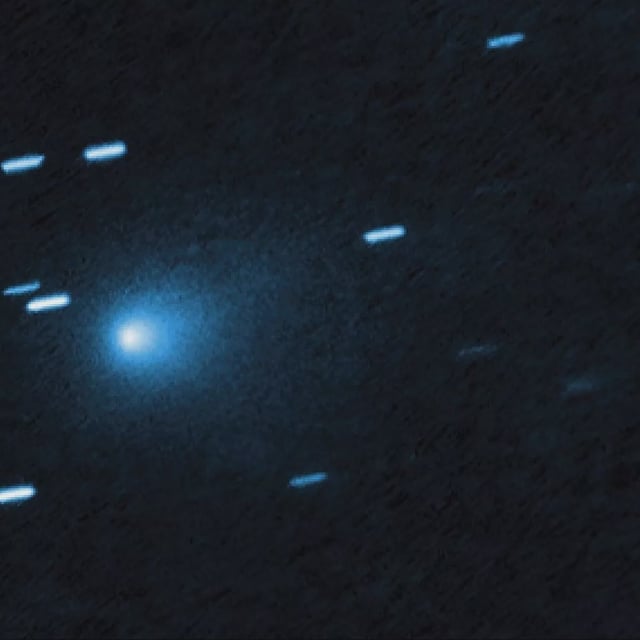Overview
- Hubble observations constrain the icy nucleus diameter to between 320 meters and 5.6 kilometers, narrowing previous ground-based estimates
- The telescope’s images reveal a sunward dust plume and emerging tail, indicating comet-like outgassing behaviors in 3I/ATLAS
- At roughly 210,000 km/h, it remains the fastest visitor recorded in the Solar System, reflecting billions of years of interstellar gravitational slingshots
- Upcoming James Webb Space Telescope campaigns, Vera Rubin Observatory surveys and ESA’s Comet Interceptor mission are set to probe its chemical composition and physical characteristics before it recedes
- Avi Loeb maintains a 6/10 Loeb Scale rating and Congresswoman Anna Paulina Luna urges a Juno mission extension to assess an intercept, keeping artificial-origin theories in play


